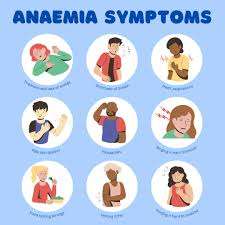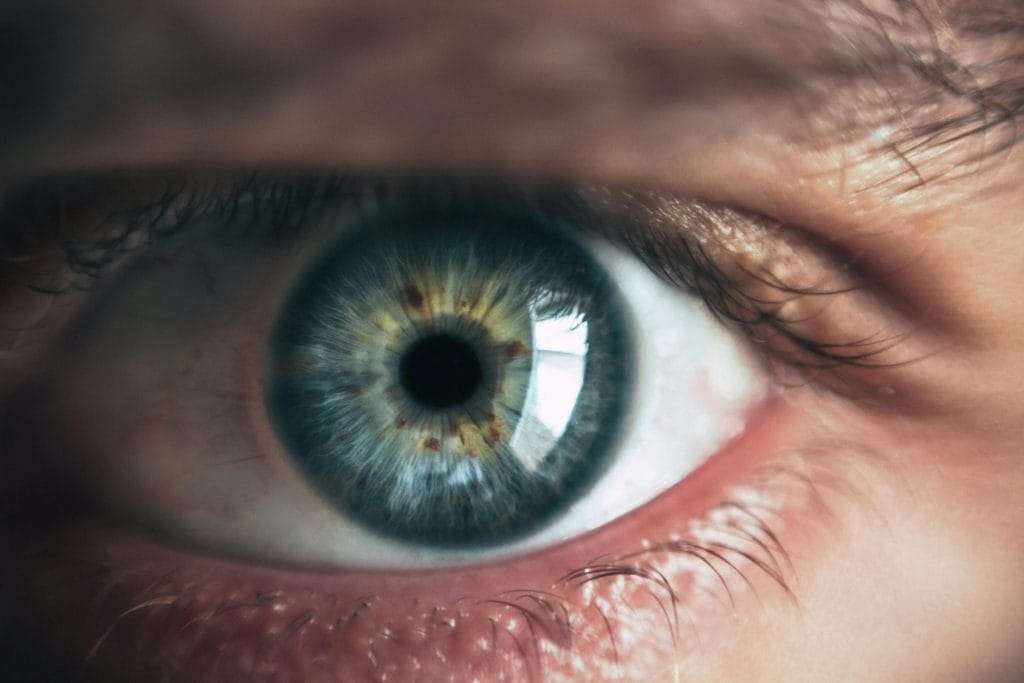Understanding Iron Deficiency Anemia: Symptoms, Causes, and Treatments: Warning signs
Understanding Iron Deficiency Anemia: Symptoms, Causes, and Treatments : Warning signs Understanding Iron Deficiency: Recognizing the Silent Health ThreatIron deficiency is a widespread nutritional disorder that silently affects millions of people worldwide, often going undetected until it develops into a more serious condition. This essential mineral plays a crucial role in numerous bodily functions, particularly in the production of hemoglobin, which helps red blood cells transport oxygen throughout the body. Understanding the warning signs of iron deficiency can be a critical step in maintaining optimal health and preventing potential complications. The Physiological Importance of Iron Iron is more than just a simple nutrient; it is a fundamental component of human health. Hemoglobin, the protein responsible for oxygen transportation in our blood, relies heavily on iron to function effectively. When iron levels drop, the body’s ability to produce healthy red blood cells becomes compromised, leading to a cascade of potential health issues. According to the World Health Organization, iron deficiency is the most common nutritional disorder globally, affecting approximately 2 billion people, or nearly 30% of the world’s population [1]. Early Warning Signs of Iron Deficiency Persistent Fatigue and Weakness One of the most common and often overlooked signs of iron deficiency is constant fatigue. When your body lacks sufficient iron, it cannot produce enough hemoglobin to effectively transport oxygen to your tissues and muscles. This oxygen deprivation leads to extreme tiredness, weakness, and a general feeling of exhaustion that doesn’t improve with rest. A study published in the Journal of Clinical Medicine found that individuals with iron deficiency reported significantly lower energy levels and reduced physical performance compared to those with normal iron stores [2]. Unusual Paleness Your skin can be a revealing indicator of internal health. People with iron deficiency often experience a noticeable paleness, particularly in areas like the face, inner lower eyelids, and mucous membranes. This occurs because reduced hemoglobin levels result in less blood color showing through the skin. Dermatologists and healthcare professionals frequently use skin tone as a preliminary screening method for potential iron deficiency. Shortness of Breath and Cardiovascular Symptoms As iron levels decline, your heart must work harder to transport oxygen throughout the body. This increased cardiovascular stress can manifest as shortness of breath, even during mild physical activities like climbing stairs or walking short distances. Research published in the European Heart Journal indicates that chronic iron deficiency can lead to cardiac remodeling and increased risk of heart-related complications [3]. Cognitive Impairment and Mood Changes Iron plays a critical role in brain function, and its deficiency can significantly impact cognitive performance. Individuals might experience difficulties with concentration, memory problems, and increased irritability. A comprehensive review in the Nutritional Neuroscience journal highlighted the strong correlation between iron deficiency and decreased cognitive function, particularly in children and adolescents [4]. It’s essential to take iron supplements because severe iron deficiency causes anemia. So, get enough iron supplements regularly to avoid iron-deficiency anemia. Try our supplements today: Glam Dust Radiant Skin – Luscious Hair – Pristine Nails Vitamin Shots The ultimate brain and body supplements Vitamin Sprinkles Understanding Iron Deficiency Anemia: How Red Blood Cells, Iron Absorption, and Oxygen Transport Interconnect Your red blood cells play a crucial role as they carry oxygen throughout your body, but this vital function depends entirely on their ability to absorb iron effectively. When you become iron deficient, your body’s capacity to produce healthy red blood cells diminishes, leading to anemia – a condition where your blood can’t transport adequate oxygen to tissues and organs. Several factors can cause iron deficiency, including poor dietary intake, inability to absorb iron due to digestive conditions, or increased iron demands during pregnancy and growth periods. The process of iron absorption primarily occurs in your small intestine, where specialized cells capture dietary iron and prepare it for transport through your bloodstream. However, this iron absorption process can be hindered by various factors, including certain medications, inflammatory conditions, or competing nutrients in your diet. Without proper iron levels, your bone marrow can’t produce enough hemoglobin – the iron-rich protein that enables red blood cells to carry oxygen efficiently. This creates a domino effect: inadequate iron absorption leads to reduced red blood cell production, resulting in anemia. Symptoms anemia include persistent fatigue, weakness, pale skin, shortness of breath, and decreased physical performance, significantly impacting your daily life and overall well-being. Less Recognized Symptoms : Iron deficiency warning signs Hair Loss and Skin Changes While many people associate hair loss with hormonal changes or stress, iron deficiency can be a significant underlying cause. The hair follicle requires consistent iron supply for proper growth and maintenance. Individuals with prolonged iron deficiency might notice increased hair shedding, brittle hair texture, and slower hair growth. Restless Leg Syndrome An unexpected manifestation of iron deficiency is restless leg syndrome (RLS). People experiencing uncontrollable urges to move their legs, particularly during rest or at night, might be suffering from low iron levels. Neurological studies have demonstrated a strong link between iron deficiency and the onset of RLS symptoms [5]. Compromised Immune Function Iron is essential for maintaining a robust immune system. Deficiency can lead to reduced ability to fight infections, slower wound healing, and increased susceptibility to common illnesses. Immunologists have found that iron plays a crucial role in the proliferation and maturation of immune cells. A common symptom of iron deficiency is fatigue, which occurs when the body doesn’t get much iron, reducing the amount of iron needed to make hemoglobin. Understanding Iron Deficiency: Symptoms, Risks, and Causes A common symptom of iron deficiency is fatigue, as the body doesn’t get much iron. Without enough iron, the amount of iron needed to make hemoglobin decreases, which can lead to the development of iron-deficiency anemia. Iron deficiency can cause weakness, pale skin, and shortness of breath. Those at a higher risk of iron deficiency include pregnant women and individuals with poor dietary intake. Recognizing the signs and symptoms early can help prevent the condition from worsening
Understanding Iron Deficiency Anemia: Symptoms, Causes, and Treatments: Warning signs Read More »




